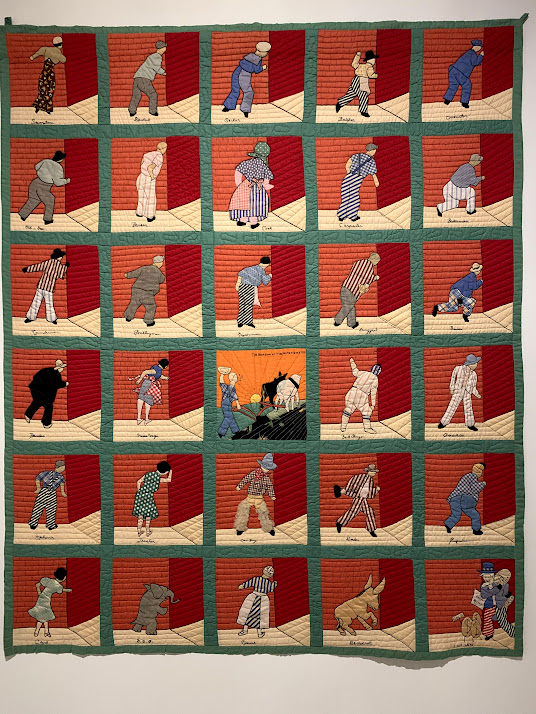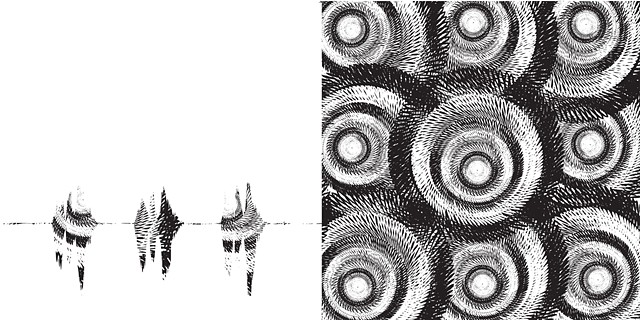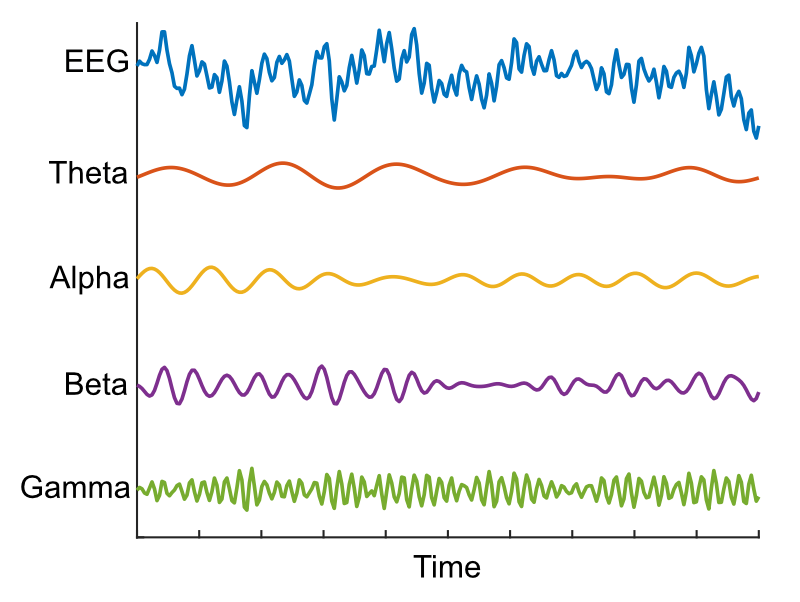
The poet build his poem up from sounds. One may get an idea, inspiration from a scene, a picture, a poem, or a line from a novel or news story, be obsessed with a word, or otherwise find motivation to write a poem, and one may even write a few lines or even a full first draft without considering sound, but in the end, with rewrites and revisions, it is the sounds that drive the poem. It is this obsession with the sound of words that makes a poet choose to be a poet rather than a writer of prose.
Sounds, along with rhythm, are what contribute to the music of the poem. They help it to dance. With songs, you will have a musical instrument (or many) that provide much of the music, as well as the singer's voice. In a poem, though, you have to rely on the words themselves, to their natural rhythms and to the combinations of sounds.
But rhyme, alliteration, assonance, and consonance not only help to make the work musical, they also help contribute to the meaning, help it to mean. As Edgar Allen Poe understood, different sounds evoke different emotions. Poe famously stated that the long O was the most sorrowful sound. Poe's O will slowly grow into deep sorrow along the poem's flow. Please note that, even with the content not having an emotional aspect, the line nevertheless probably felt at least a little sorrowful to you.
Of course, sound associations are going to vary from language to language, culture to culture, and even among individuals. But I would be surprised if there were not some commonalities, a family resemblance among sounds and emotions to at least some degree. We all sigh or make a kind of mumbled growl when we're annoyed, for example. But sighing can also express sorrow or sadness, depending on the context--but the sigh of annoyance and the sigh of sorrow are different in their sounds.
If you are going to use sounds to communicate some element of your poem, you'll likely have to play around with it and try your poem out on different people and ask them how they felt when they heard the poem. Poems are a form of communication, and they communicate more than the poet consciously intended--if it's in fact a good poem. It's therefore important that we communicate what we intend to communicate when it comes to sound. A comic poem full of long O's will probably not work particularly well. But who knows? Maybe you can pull it off.






